Identifying and Types of SEN
Identifying special educational needs
Robust arrangements should be in place to ensure that any undiagnosed SEN are recognised and addressed when children first become looked after. In view of the existing gap in attainment between Looked After Children and all other children, carers, designated teachers and social workers should give this a very high priority. In doing so, they should take into account the potential impact of insecure attachment on the child's learning.
Not all children with SEN will need an EHC Plan. For many, extra support in school for a period of time will be sufficient to enable them to attain on a par with their peers. However, some children need funding for support over and above that which schools are normally able to provide, and will need such support to continue beyond statutory school age, and so an EHCP needs to be considered. An EHCP may cover the period up to age 25.
Some types of SEN
There is a wide variety of SEN that may impact to a greater or lesser degree on learning of the child. A few of these are:
- Moderate, severe or profound learning difficulties: this covers a wide range of learning difficulties. For example, it includes global developmental delay where a child is having difficulties with a number of facets of learning, such as understanding language and communication. It also includes dyslexia, dyscalculia and dyspraxia.
Speach Language and communication difficulties: for example, a child may have difficulties in interacting with their peers, teachers, carers or other adults in their world. They may have difficulties in expressing themselves and their needs verbally and coherently or in interpreting social situations and other people's intentions. Children whose needs are more extreme may be described as being on the 'autistic spectrum'. However, it must be remembered that Looked After Children with some forms of insecure attachment may also display such characteristics.
- Physical disabilities: children with physical disabilities will need to be assessed to ascertain whether their disability impacts negatively on their education and what strategies can be used to lessen such an impact. It must be remembered that all learning does not take place seated in the classroom and children with even mild physical disabilities may need specialist support to access the wider life of school.
Social, Emotional and Mental Health: the majority of Looked After Children have suffered trauma from neglect or abuse prior to coming into care. Children who have insecure attachment are likely to behave in ways that are different from those who have experienced secure attachments. Difficulties in meta-cognition - that is, in understanding their strengths and weaknesses as a learner and controlling their thinking or difficulties in expressing themselves - may lead to children expressing their emotions and their needs through their behaviours.





